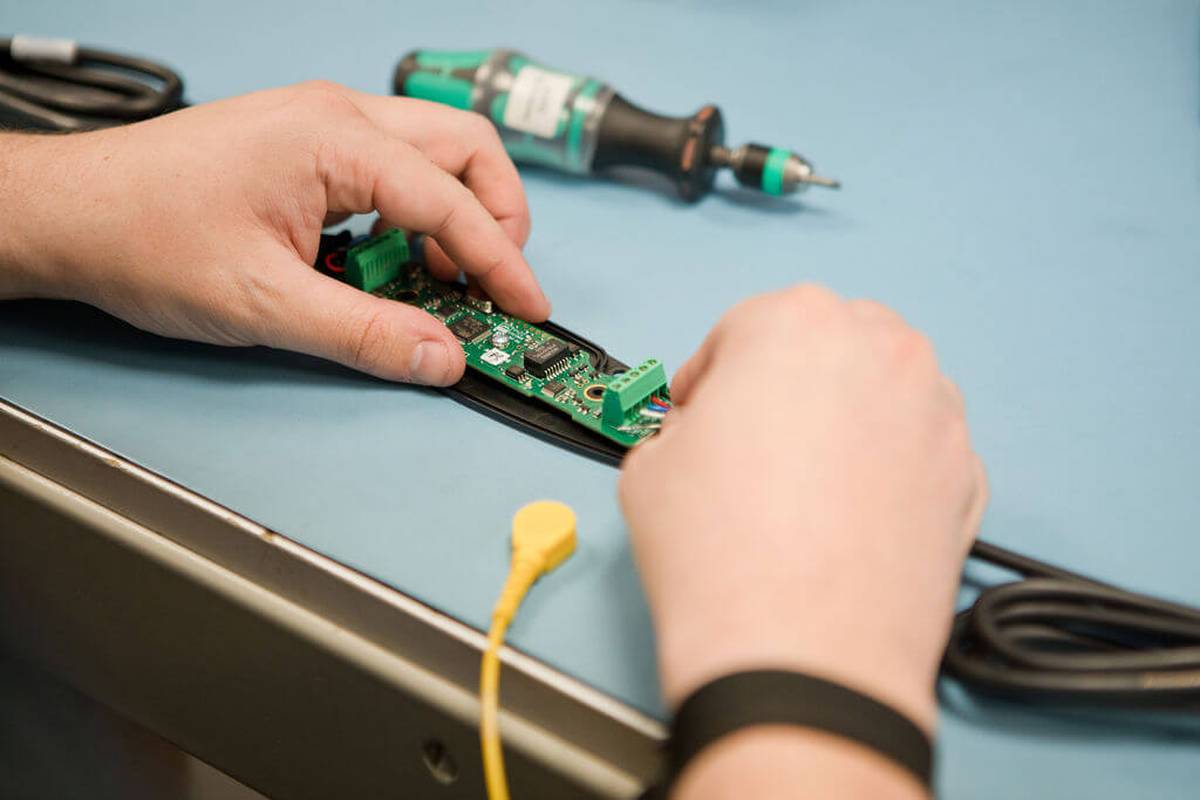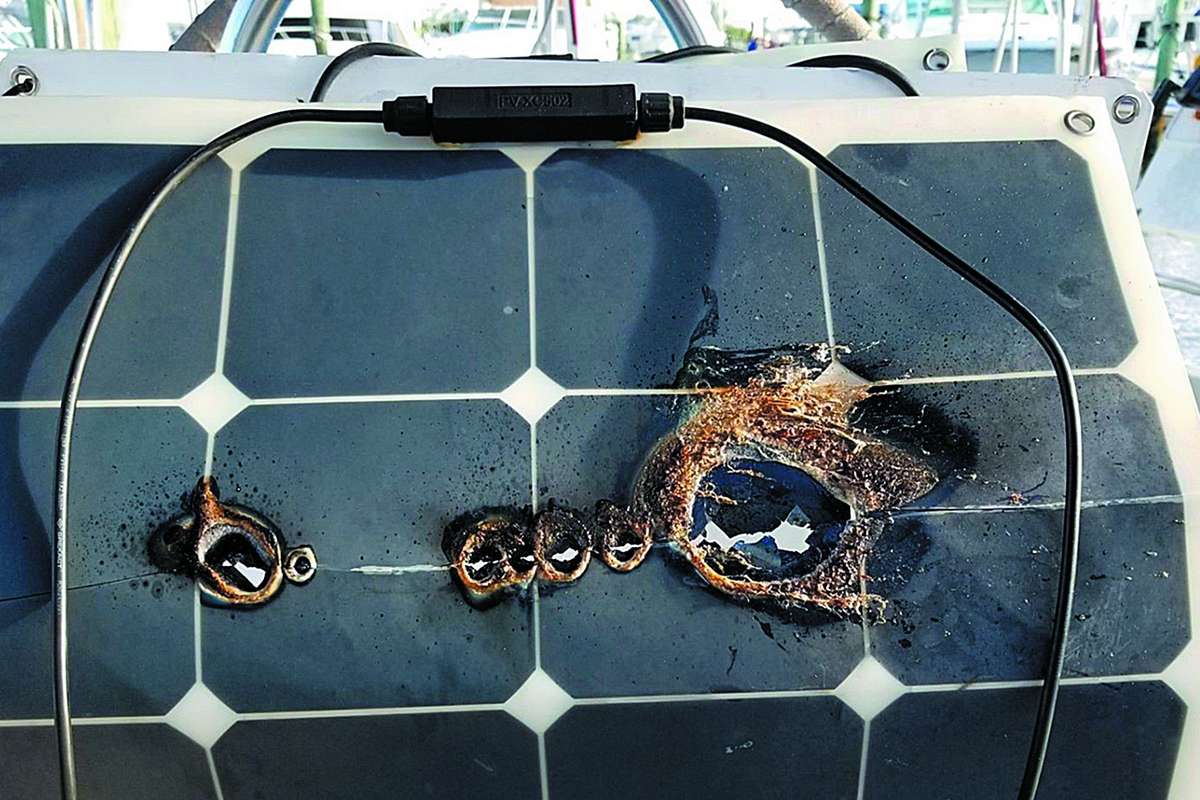Marine electronics have come a long way from the early days of basic GPS and rudimentary fish finders. Today’s equipment includes advanced multi-function displays, high-definition radar, autopilots, and other high-tech systems.
For a modern vessel, seamless communication between these gadgets is essential.
Enter NMEA 2000, a communications protocol that streamlines the way marine devices share information. Upgrading your onboard electronics to NMEA 2000 ensures a unified, efficient, and flexible network.
Here’s how to go about it.
Why Choose NMEA 2000?
The NMEA 2000 is an upgrade from its predecessor, NMEA 0183. It allows for a plug-and-play experience with faster data rates and the ability to connect multiple devices on a single network.
This creates a simplified, organized wiring system and allows various devices to communicate and share data, from engine stats to navigation details.
Steps to Upgrade
- Start by evaluating your existing onboard electronics. Identify which devices are already NMEA 2000 compatible and which need upgrading. Plan your network based on your boat’s size and requirements.
- An NMEA 2000 system comprises a backbone (main data cable), drop cables (connecting devices to the backbone), and T-connectors. You’ll also need terminators to end the backbone and a power cable to supply the network.
- Run the backbone cable throughout your boat, usually along the same path as your boat’s electrical system. Use T-connectors to attach the drop cables to the backbone, which then connect to your devices.
Ensure the backbone ends are fitted with terminators.
- Attach the network to a 12-volt DC power source, ensuring proper fuses for safety.
- Once all the hardware is connected, configure each device according to its manual. This usually involves setting device IDs and other parameters through your multi-function display or specific device interface.
- Before sealing everything up, test the system to ensure all devices are communicating correctly.
If there are issues, most devices will have troubleshooting modes to diagnose problems.
Troubleshooting Tips
- Check for correct terminators at the ends of the backbone.
- Ensure all cables and connectors are securely fastened.
- Use diagnostic software or hardware tools specifically designed for NMEA 2000 networks.
Final Thoughts
Upgrading your onboard electronics to an NMEA 2000 network brings a slew of benefits including streamlined data sharing, simplified troubleshooting, and the ability to add or remove devices effortlessly.
The initial investment in time and components pays off in a more responsive, efficient, and easily manageable marine electronics system.
So whether you’re out fishing, cruising, or navigating through challenging waters, an NMEA 2000 system provides the interconnectivity that modern seafaring demands.




Leave a Reply